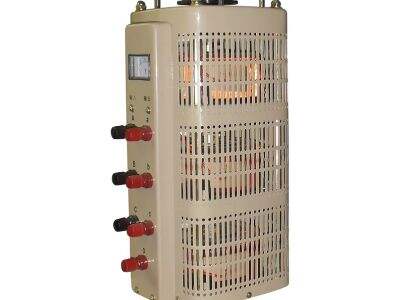If you have ever wanted to know how to calculate power dissipation in a voltage regulator, you landed on a deep webpage that will give you fast, free and accurate information., we'll take a look at the fundamentals behind voltage regulator power dissipation and give you a guide to calculating it step-by-step. We will also be talking about things that affect power dissipation in voltage regulators, and some suggestions on how to reduce it. And, to have you wrap your head around the idea, we'll add some real examples of how to calculate power dissipation in voltage regulators.
Basics of Power Dissipation In Voltage Regulators:
Before we start getting into the finite details of power dissipation in voltage regulators lets make sure we all understand what power dissipation is. Power dissipation simply means the amount of power that gets utilized or converted to heat when a component (in this case a voltage regulator) is working.
A voltage regulator is a tool to keep a balance voltage for a quantity of electronic devices as these can use an excessive or undesirable voltage level. In the practical application of a voltage regulator, the power is being wasted as heat because of resistance and inefficiency within the system. It is important to compute power dissipation in voltage regulators to ensure they are used within their allowable power limit and will not get too hot.
A step-by-step guide:
The power to be dissipated by a voltage regulator can be determined if the input voltage (Vin), output voltage (Vout), and the load current (Iload) are known. The expression for the power dissipation (Pdiss) of a voltage regulator is:
Pdiss = (Vin - Vout) x Iload
Here is a blow by blow on the equation:
Use the input voltage (Vin) minus the output voltage (Vout). This will give you the drop voltage of the voltage regulator.
Voltage drop multiplied by Iload. This is the power dissipated in the voltage regulator.
You can work through these steps for any V in, V out, and I load to determine the power dissipation of a voltage regulator.
Contributory issues toward power loss in voltage regulators:
There are a few things that might affect power dissipation in a voltage regulator: the voltage drop across the regulator, the load current, and the efficiency of the regulator.
Voltage drop: Greater the voltage drop across the regulator, more is the power dissipation. A low dropout voltage is a must for the selection of a voltage regulator to reduce power consumption.
Load current: The greater the load current, the more power is dissipated. It is very important to choose a VOLTAGE REGULATOR(AVR) that can supply the load current requirements that your project would consume.
Efficiency: The primary cause of power loss in a voltage regulator is its efficiency. The more efficient the regulator, less power is wasted as 'heat'.
How to reduce power dissipation of voltage regulators?
Here are some tips to help reduce power dissipation and avoid thermal overheating in voltage regulator module.
Select a voltage regulator with low dropout voltage and high efficiency to minimize power loss.
With heatsinks or thermal pads, better heat dissipation and avoid for overheat.
Select voltage regulators with protection such as overcurrent protection to guarantee safety operation.
Some real world power dissipation examples in voltage regulators:
To explain this scenario, lets us take a real life example to calculate power dissipation at a voltage regulator:
Let's say we have a voltage regulator with input voltage (Vin) of 12V, output voltage (Vout) of 5V, and load current (Iload) of 500mA. With the power dissipation equation from earlier:
Pdiss = (Vin - Vout) x Iload
Pdiss = (12V - 5V) x 500mA
Pdiss = 7V x 0.5A
Pdiss = 3.5W
Here 3.5W is the power dissipation that occurs in the voltage regulator.By calculating power dissipation, you can check whether the voltage regulator is working in the specified limits of its power dissipation and not beyond (limit of its maximum power dissipation).
 EN
EN
 AR
AR
 FR
FR
 EL
EL
 HI
HI
 PT
PT
 RU
RU
 ES
ES
 TL
TL
 ID
ID
 UK
UK
 VI
VI
 TH
TH
 TR
TR
 FA
FA
 MS
MS
 AZ
AZ
 KA
KA
 UR
UR
 BN
BN
 GU
GU
 HA
HA
 IG
IG
 KM
KM
 LO
LO
 LA
LA
 MR
MR
 MN
MN
 NE
NE
 SO
SO
 TA
TA
 YO
YO
 ZU
ZU
 MY
MY
 KK
KK
 MG
MG
 KU
KU
 KY
KY
 SD
SD

